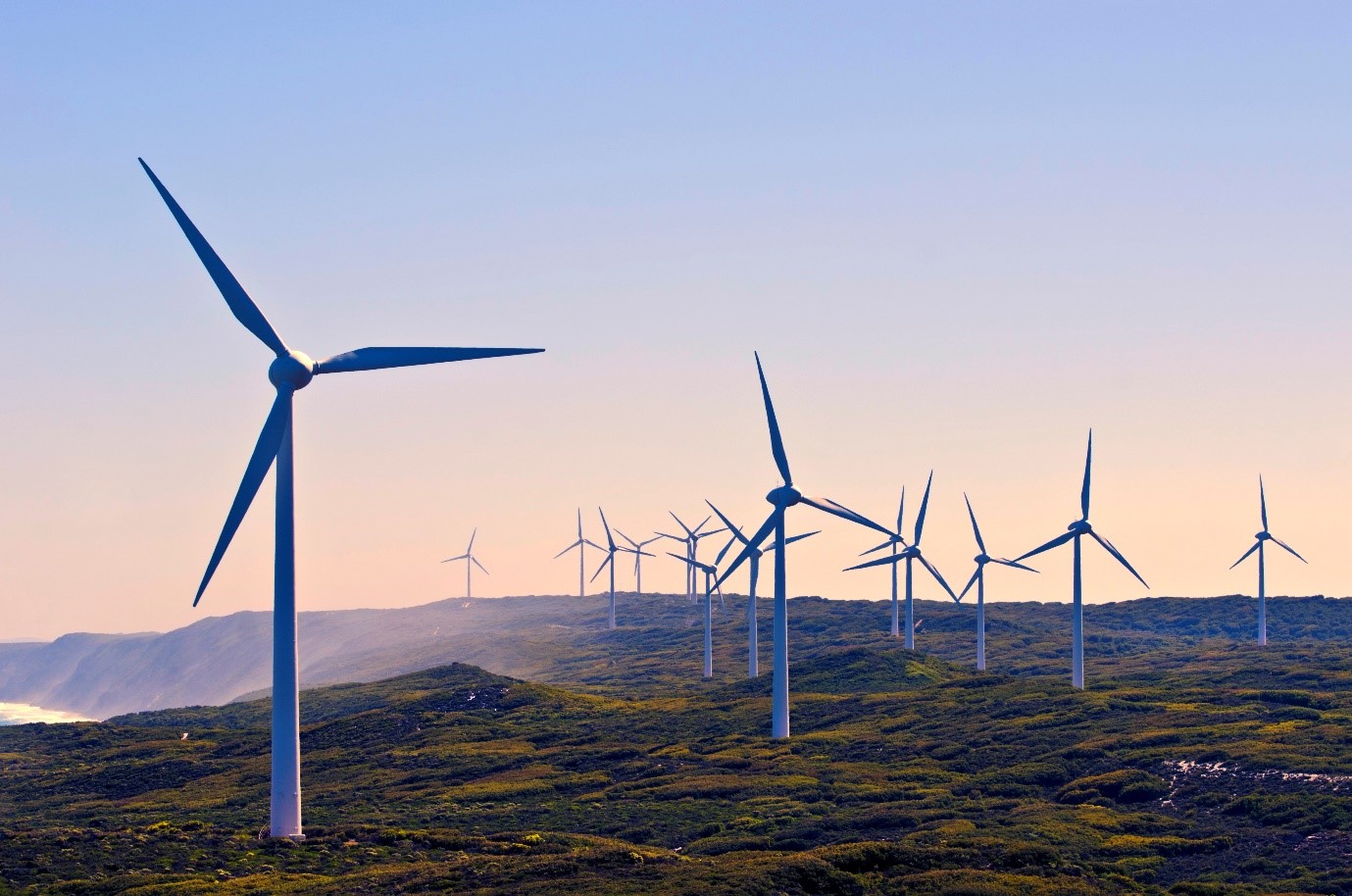Green Screen is ESG Friendly
In an article I wrote a couple of year ago, titled “3 Steps to going green with legacy green screen apps” I suggested that the advice I was giving prospective organizations had changed in the then recent past, moving from safer legacy migration strategies to environmentally friendly strategies that achieved the same result for significantly less money and virtually zero risk.
A couple of years on, a pandemic later and with COP26 behind us I think the world is starting to sit up and take the global conservation around climate change a bit more seriously. Interestingly organizations have been quietly taking it seriously with increasing accountability over the last 10 years. ESG (Environmental, Social and Governance) reporting is now common place, for example 90% of the Fortune 500 track and report on a number of ESG indices.

50% of the FTSE 100 companies actually include ESG measures in their CEO’s compensation plans, with clear targets for structural and aspirational change. This then trickles down through organizational pyramids to drive change and understanding at what was the “coal face” as it were (that was before coal was a dirty word).
ESG Strategies are Money Makers
It is now becoming accepted that an ESG aware and driven business strategy is more successful than those that are not. Focusing on a strategy that embraces the full spectrum of value chain stakeholders, rather than just the shareholders, is key to the long term success and sustainability of most contemporary organizations.
For some time investment companies have been making investment decisions based on a matrices of data that requires key ESG metrics. It is not selfless environmental championing that is driving these decisions, it is cold hard £$Y. Returns from model ESG driven organizations are higher than those that are not yet fully engaged.
An ESG strategy not only considers carbon footprints but also climate risk. An ESG strategy examines the risk that climate factors might contribute to the sustainability of the organization and of their value chain. You can’t hedge against climate change impact at a macro scale, so the majority of large investment firms now drive ESG action planning into their portfolios. From their perspective the planet has been deemed “to big to fail”.
Back in the Green Screen IT Comms Room
“So what has this got to do with me?” I hear yon IT manager say, “we’re already Energy Star compliant, we already recycle our end of life hardware, we’ve passed the EPEAT test, we are already running advanced building power management down to PC level. What next…” I’m going to start by saying you’re doing well…you’re doing a great job, but unfortunately, we need to do more. Data centers alone are using 1.5-2% or the world electricity supply, that only leaves 98 more points to do everything else we need to do in the world, “…you might even have to start turning some lights off at home”.

What we can do is to start thinking about what drives our technology decisions and have we really approached it from an ESG aware standpoint. The kind of questions we could ask ourselves are:
- What is the key driver or benefits of the needed change?
- a. If the project is directly related to a revenue growth initiative go straight to question 2
- b. If it is purely related to making IT easier or a perception of supportability then keep reading.
- c. Try to avoid change for change sake, avoid catching New Shiny Vendor Syndrome.
-
i. Drag your old vendor in and say you want to re-cut the terms of your relationship, you have a number of initiatives you need to deliver for the business and you are looking for their support in achieving those outcomes. What you want to define is your reluctance to provide passive support revenue for them when the modern business agenda demands more from everyone. You want demonstrable evidence of:
- How they can help you achieve your goals
- How they are future proofing the outcomes
- What ESG goals they can demonstrably attribute to their solutions.
- d. More generally paint the technology you already own in a new light, it’s certainly reliable for a start or you wouldn’t still be on it.
- Why can’t the benefits be arrived at with what we already have?
- a. A common misconception is that the old screwdriver can’t turn modern screws
- i. There are so many universal widget options available now to plug the old application into the new universe via micro services or web services, essentially if you believe the old beast can’t do it, you haven’t Googled it.
- Measure the carbon footprint and energy consumption cost of the existing solution verses the envisaged solution.
- i. You’re not trying to avoid change, you are attempting to move the business forward, achieving great new outcomes whilst looking for the most earth-friendly approach to doing it.
- ii. There are likely senior management bonuses dependent on good ESG outcomes, be aware of them and be aligned to them.
- What is the opportunity cost of this change?
- a. There is always an opportunity cost with change, but with technology change it’s quite considerable. It can be many years of resource drain whilst the tech team focuses on plumbing changes rather than innovation
- i. A = the carbon footprint of 100 developers working on a plumbing change for 7 years, in what really is a new for old strategy.
- ii. B = the carbon footprint of 100 developers working on innovative solutions that generate new revenue aligned to the ESG strategy.
- b. Maths as follows. (((Existing Revenue + (Option B New Revenue)) – A or B) – Sustainability Impact)/Time
- i. For the more forensic among you minus the costs of both the People, Hardware (virtual/otherwise) and Software over time, to provide both the green (ESG) and black (Balance Sheet) outcome forecasts.
- ii. Whilst not being a foregone conclusion I haven’t come across one of these where B hasn’t been the better option by a substantial margin.

The Net Net
To recap: make sure you are doing the basics, quantify and articulate the green benefits of what you are already doing, it’s a gold star tick for free. Make sure you are aware of the organizations wider ESG goals and align your reporting commentary to those markers. Dry run the little check list over your technology strategy before rubber stamping anything, remember all that glitters isn’t necessarily ESG gold. Reframing the existing solution may already place you in a position to have scored some green goals before the match even starts.
